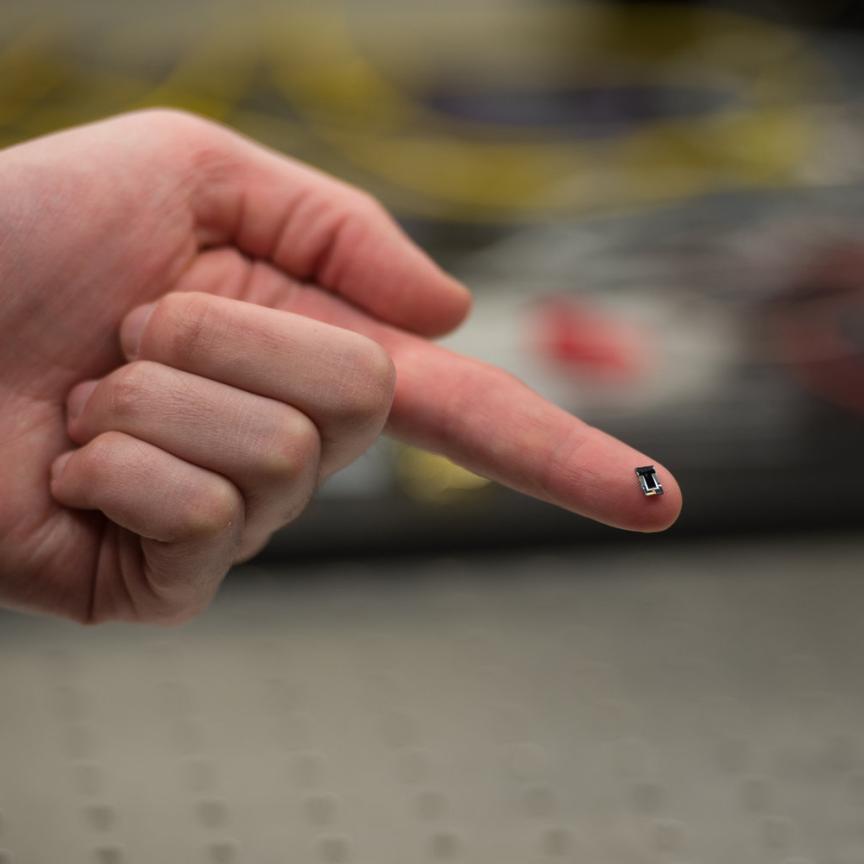Analysing lidar return signal strengths for target optical surfaces and atmospheric conditions
Lidar systems are complex, dynamic devices involving both optical, mechanical, and electronic components that must work together while interacting reliably with a widely varying external environment. It is the optical part of the system that interacts with the environment, and so it is through optical modeling that we can gain a crucial insight into expected performance under varying conditions. In this paper, we will take a brief look at how illumination ray tracing software can be used by engineers to gain these insights into expected system performance before building expensive prototype systems.
Lidar systems are complex, dynamic devices involving both optical, mechanical, and electronic components that must work together while interacting reliably with a widely varying external environment. It is the optical part of the system that interacts with the environment, and so it is through optical modeling that we can gain a crucial insight into expected performance under varying conditions. In this paper, we will take a brief look at how illumination ray tracing software can be used by engineers to gain these insights into expected system performance before building expensive prototype systems.

